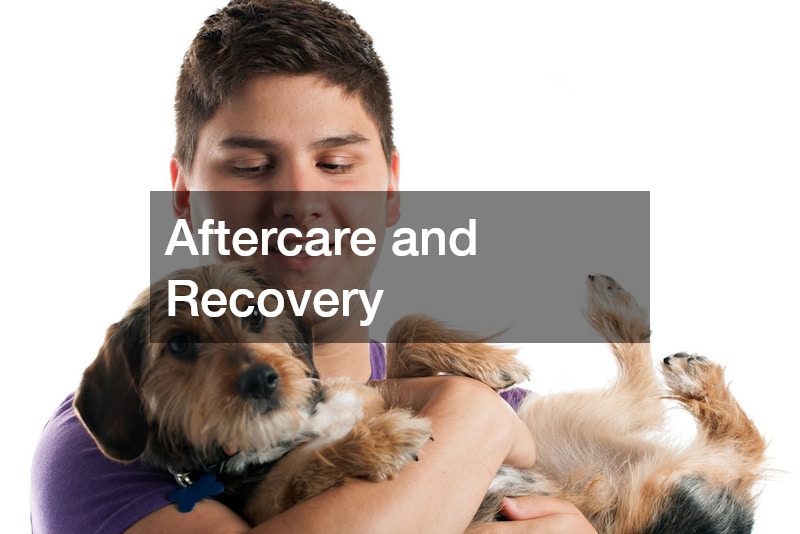When your pet is unwell or injured, it can be a stressful and worrying time. Knowing what to expect during a visit to an emergency veterinarian can help to ease some of that anxiety. In this article, we will walk you through each stage of the process to ensure you are fully prepared.
Initial Assessment and Triage
Upon arriving at the emergency veterinary clinic, one of the first steps is the initial assessment and triage. A veterinary technician will gather vital information about your pet’s condition, including the reason for the visit, any symptoms, and pertinent medical history.
This information allows the team to prioritize care based on the urgency and severity of the pet’s needs. An emergency veterinarian will conduct a brief physical examination to assess the immediate needs of the pet. The primary goal during triage is to determine the level of urgency and to ensure that critical cases are attended to promptly.
Once triaged, your pet may have to wait before being seen by the emergency veterinarian, depending on the number of cases and their severity. During this waiting period, it’s important to remain calm and provide reassurance to your pet. The reception staff will keep you informed about any potential wait times and steps you can take to keep your pet comfortable. Communication is key here, as it helps set the expectation for the visit, therefore reducing frustration during emergencies. Veterinary staff are highly trained to prioritize and handle cases efficiently, always with the best interest of the pet in mind.
The emergency veterinarian will focus on stabilizing your pet if their situation is deemed critical. This can involve administering medications, fluids, or oxygen, and conducting necessary diagnostic tests. The veterinarian will provide you with regular updates and discuss the potential next steps. Throughout this process, the primary objectives are to alleviate distress and ensure your pet is stable enough for further treatment. It’s crucial to remember that while this can be emotionally challenging, the medical team is equipped with both the expertise and compassion needed to care for pets in emergencies.
Diagnostics and Treatment Plan
Once your pet’s condition has been stabilized, the next phase involves comprehensive diagnostics to identify the underlying issue. These diagnostics might include blood tests, X-rays, ultrasounds, or other imaging techniques. The emergency veterinarian will take care to explain why each test is being conducted, aiming to piece together a full picture of your pet’s health status. Diagnosis is pivotal, as it informs the subsequent course of treatment and ensures that efforts are targeted towards the specific medical needs of your pet. Accurate diagnosis can significantly influence the speed and success of your pet’s recovery.
Based on the findings from the diagnostics, the veterinarian will develop a tailored treatment plan. This plan will detail the necessary medical interventions, any medications required, and the anticipated timeline for recovery. At this point, the emergency veterinarian will discuss all available options with you, including risks, benefits, and potential costs involved. Open communication is crucial here, empowering pet owners to make informed decisions. The focus is always on fostering a collaborative approach between the veterinarian and owner, ensuring the pet receives the best possible care. In many cases, treatment may require your pet to stay at the clinic for observation or further treatment. This can be a difficult decision, but understanding that continuous monitoring and care can be life-saving brings some reassurance. The staff will clarify the expectations during your pet’s stay and how they will communicate updates to you regularly.
Aftercare and Recovery
After your pet’s immediate needs have been addressed and treatment is underway, aftercare and recovery become the next focus. The veterinary staff will provide guidelines on what to expect at home and how to manage any ongoing treatments. This will often involve administering medications, monitoring your pet’s symptoms, and keeping an eye on their behavior for any changes. Consistency in following these guidelines plays a crucial role in the recovery process, aiding in a quicker and smoother return to health. It’s important to maintain routine communication with the veterinarian to report progress or any concerns.
Follow-up visits are typically scheduled to monitor your pet’s recovery and adjust any treatments as necessary. During these appointments, additional tests may be conducted to ensure the issue is resolving and that your pet is responding well to the treatment.
Understanding that recovery can vary significantly from pet to pet, the emergency veterinarian remains a key resource throughout. They will offer support and guidance, helping you navigate any challenges that arise. Building a partnership with the veterinary team fosters a sense of security and ensures that you and your pet are not facing this journey alone. Empathy and patience during this period are essential for both emotional and practical support. While an emergency visit can be a daunting experience, the goal is always to return your pet to a happy, healthy state as soon as possible.

